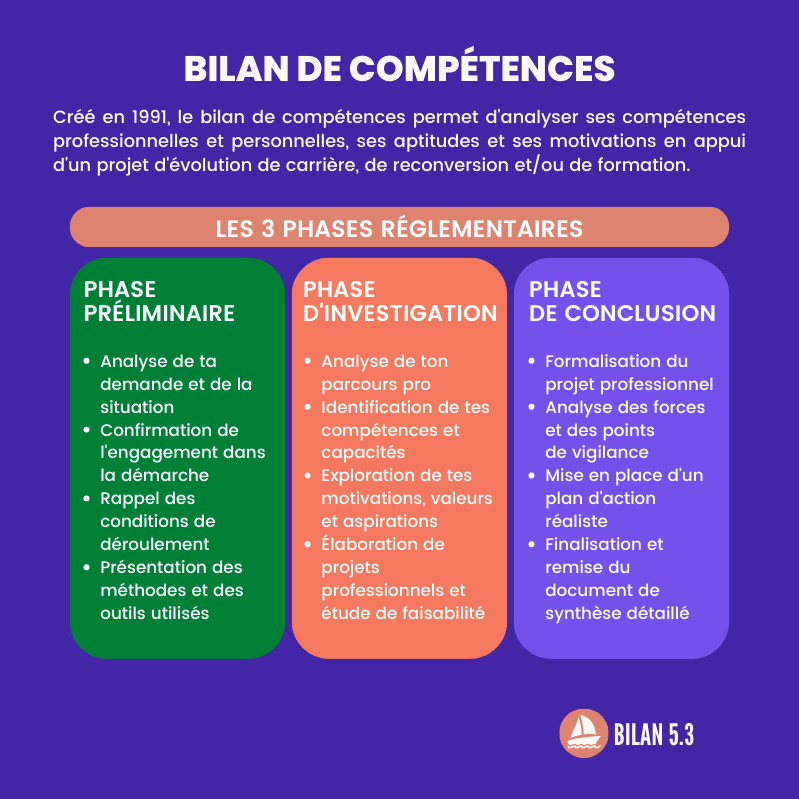Institut Curie caused a sensation at the American Society of Clinical Oncology (ASCO) congress by presenting its work on injections of metal nanoparticles into cancerous tumours. Explanations.

Like every year, tens of thousands of doctors, researchers and scientists from all over the world are gathered in Chicago at the congress of theAmerican Society of Clinical Oncology (ASCO) to present their latest work in oncology. Injections of nanoparticles into tumors are among the 2019 innovations.
A team from the Institut Curie in France caused a sensation by presenting one of its studies carried out on patients with cancers of the throat, larynx and mouth. To increase the effectiveness of their radiotherapy treatment, they injected nanoparticles of Hafnium (a metal) into the tumors of participants whose state of health and age did not allow chemotherapy to be considered. The injections were made the day before the radiotherapy sessions.
“In 75% of cases, the tumor has completely disappeared”
“The principle is to inject the nanoparticles into the tumor, this is done under general anesthesia by a surgeon, the day before the start of radiotherapy, details to France Inter Professor Christophe Le Tourneau, oncologist and head of the early clinical trials department at the Intitut Curie. Then the radiotherapy starts and the nanoparticles, by their presence, multiply the effect of the radiotherapy by, roughly, 1.5.”
He adds toEuropean 1 : “This study shows that we can effectively inject nanoparticles without tolerance problems, that everything is going very well. The majority of the patients we have treated are in response, and in 75% of cases, the tumor has completely gone.”
Nanoparticles are molecules whose size varies between 1 and 100 nanometers. According to the results presented at ASCO, they were effective in treating three-quarters of patients. “Radiotherapy remains a standard treatment, if we can increase the cure rate thanks to nanoparticles, it’s extraordinary!”
Alcohol and tobacco, preventable causes
Many mouth and pharyngeal cancers are largely preventable, with the main preventable risk factors being tobacco and alcohol. According to Public health France, these cancers “are mostly cancers with a poor prognosis, with a variable 5-year survival depending on the anatomical sub-location, ranging from 28% for cancers of the hypopharynx to 83% for cancers of the lip” . With 8,200 new cases diagnosed per year in men and 3,860 in women, LBP cancers rank 6and rank of the most common tumors in men and the 11and rank among women.

.















